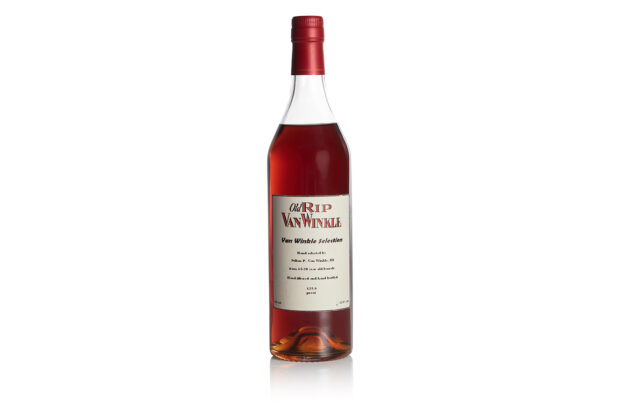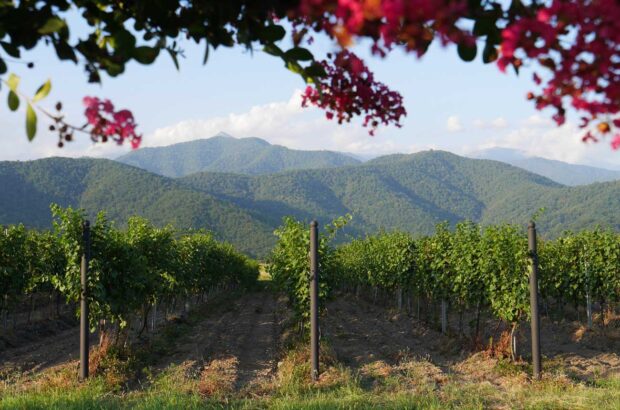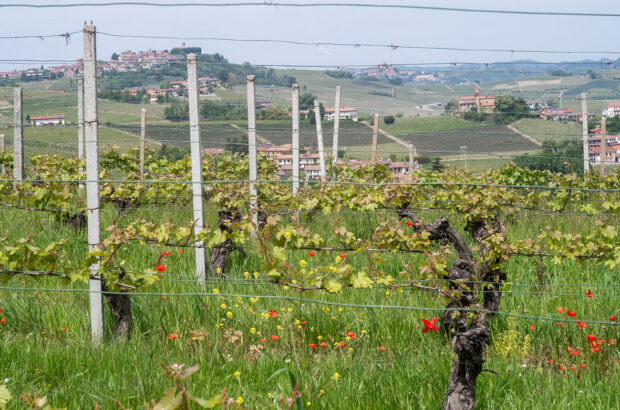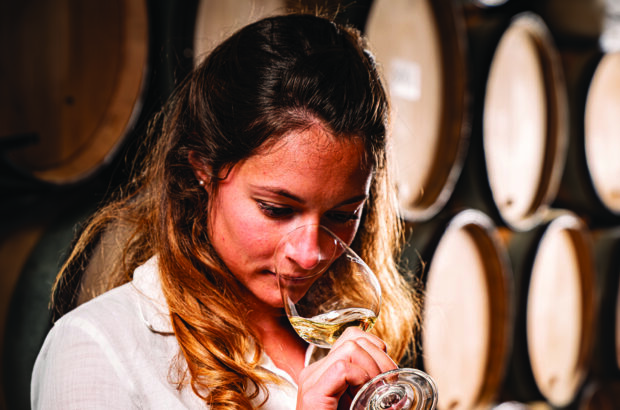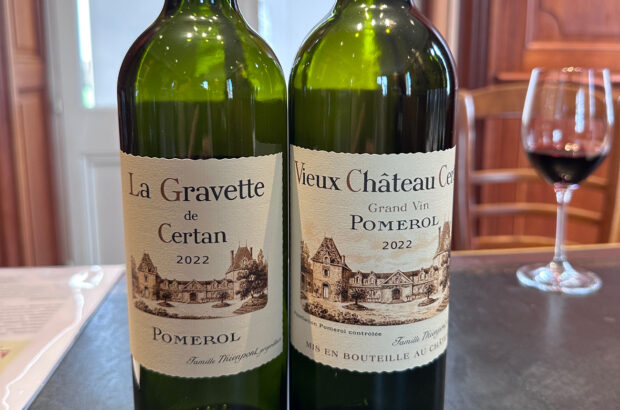Quite understandably, the people of Rome take a visceral pride in their city – its history and wealth of attractions are unparalleled. Vast monuments, columns and other relics from ancient times are everywhere, sometimes even incorporated into Renaissance architecture. The river Tiber is a noble presence, dividing the main centre from districts such as lively Trastevere and the Vatican.
Where to stay
There’s a gentlemen’s club atmosphere at Hotel de’ Ricci, a wine lover’s paradise with in-room wine coolers and huge reproduction wine labels on the walls. Tasting dinners, producer evenings and private tastings are organised.
Where to eat
Rome’s hearty and flavoursome typical cuisine dominates menus at restaurants and informal trattorias throughout the centre. Favourite pasta dishes include cacio e pepe, carbonara and amatriciana; there are many offal-based dishes and vegetable specialities such as fried artichokes and sautéed chicory, too. Near Piazza di Spagna, try them at family-run Matricianella which also serves lamb in various ways and offers an extensive and informative wine list. SoraLella, a local institution on Isola Tiberina island, is especially famed for its coda alla vaccinara (oxtail).
Where to drink
If Rome’s concentration of culture gets overwhelming, take refuge at one of the city’s many wine bars. At Vineria Trapizzino in the colourful Trastevere district only the region’s wines, including a wide choice of Cesanese reds, are served. Although it’s rare to find wine lists such as this, dedicated exclusively to Lazio wines, there are always a few. Il Goccetto also offers olive oil tasting, speciality charcuterie and cheeses and pieces of pie in an old-style interior with wooden tables and bar stools. In the popular Monti neighbourhood, historic Ai Tre Scalini has a lively vibe, an ever-changing selection of wines by the glass and snacks such as coppiette (spicy cured pork strips) or meatballs in tomato sauce.
Places to visit
When visiting Rome’s Palatine Hill, don’t miss the walled Vigna Barberini. Nine rows of indigenous white grape variety Bellone grow among fruit trees, olives and ancient remains where Renaissance aristocrats once grew grapes and produce (see: colosseo.it). The vines are tended by the admirably run cooperative Cincinnato based at Cori, a charming historic hill town south of the city. Its own Bellone makes a moreish herb-fresh sip; try, too, the juicy red local variety Nero Buono di Cori.
Nearer Rome, the Castelli Romani area has drawn city dwellers for centuries for its lakes and villages with colourful taverns serving tasty specialities, such as porchetta (rolled pork loin). Here in the hills around Frascati city there’s been a move towards the less productive but more characterful Malvasia Puntinata variety in place of the previously popular Malvasia di Candia for Frascati Superiore DOCG. At his Villa Simone, consultant winemaker Lorenzo Costantini makes some memorable versions.
The widespread Roma DOC area that surrounds the city makes for a great variety of wines and a wide choice of out-of-town wineries to visit. One is the small, family-run Terre del Veio winery within Parco di Veio, a protected area with Etruscan remains north of Rome. Natural tuff caves make ideal ageing cellars and tastings of wines – such as the Roma DOC Malvasia Puntinata – under the pergola are memorable occasions. At 13th-century Castello di Torre in Pietra west of the city, the entire wine cellar, along with an atmospheric restaurant, has been built into a hill of volcanic tuff. Its Roma DOC Rosso incorporates a different variety each year added to Sangiovese and the required 50% Montepulciano, which is known locally as Violone.
The region’s star red grape is the fruity and tannic Cesanese. The variety (or rather two: Cesanese Comune and Cesanese di Affile) is most at home east of Rome around the villages of Piglio, Affile and Olevano Romano.

Insider tip
Traditional ciambelline al vino (biscuits made with wine) are delicious, especially dipped in wine. Order at the end of a meal or buy some at the historic Forno Campo dei Fiori bakery.





